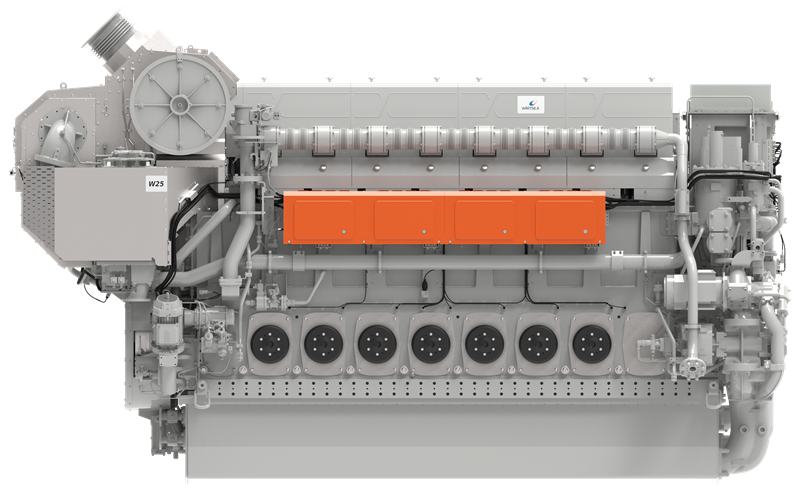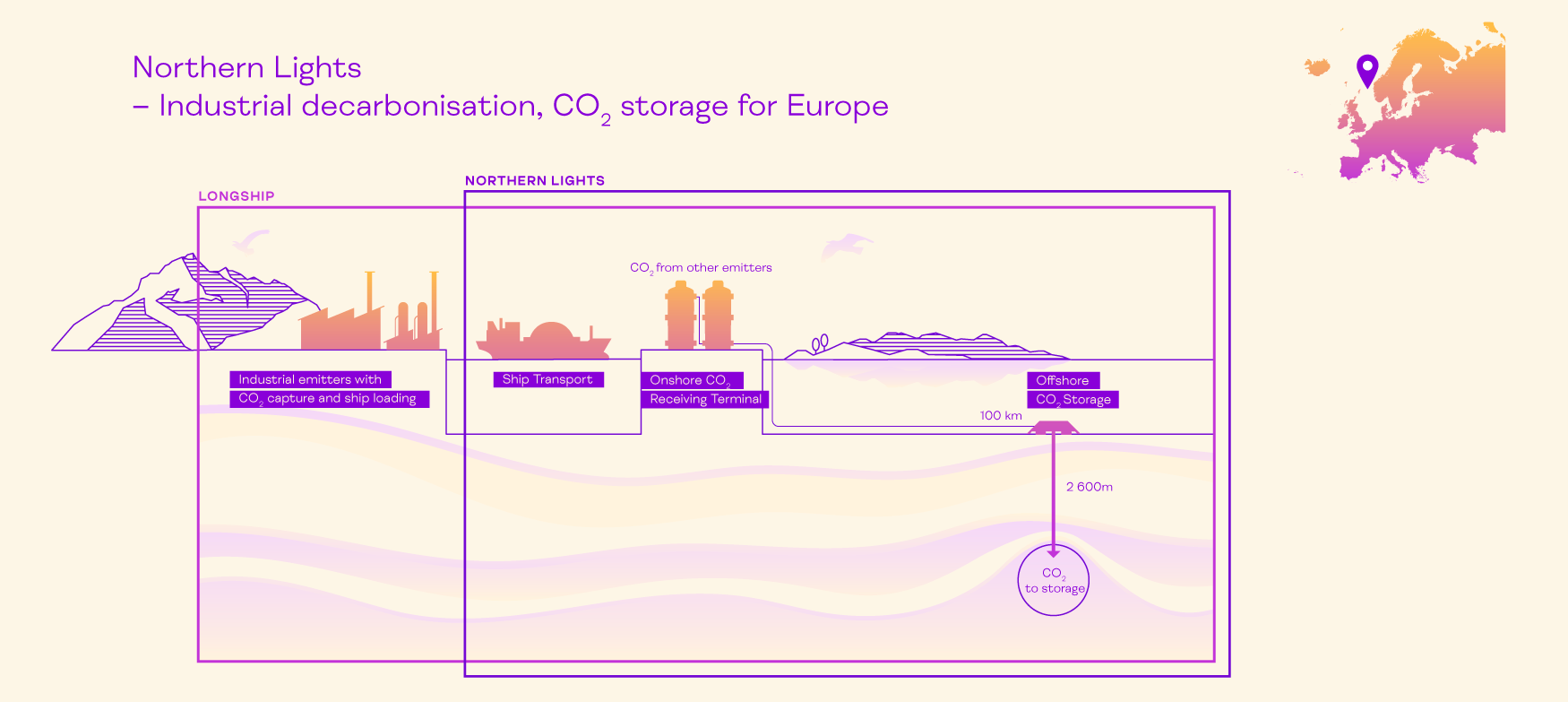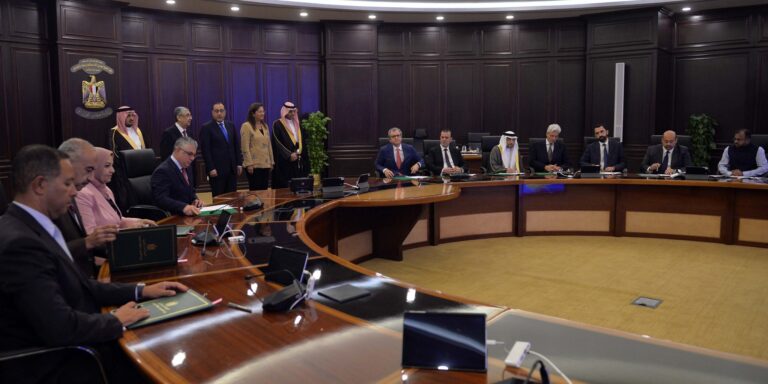Wärtsilä launches new multi-fuel maritime engine
Wärtsilä has just launched its medium-speed, 4-stroke, Wärtsilä 25 engine, intended to be the first Wärtsilä engine to run on ammonia fuel. From 2023 a technology upgrade will be commercially available to allow the engine to run on alternative fuels like ammonia, with a fully-compliant NOx abatement system already available when running on fossil-based fuels. At the recent Australia conference, MAN ES reported that their two-stroke ammonia engine will be commercially available in 2024, with testing to commence next year.









